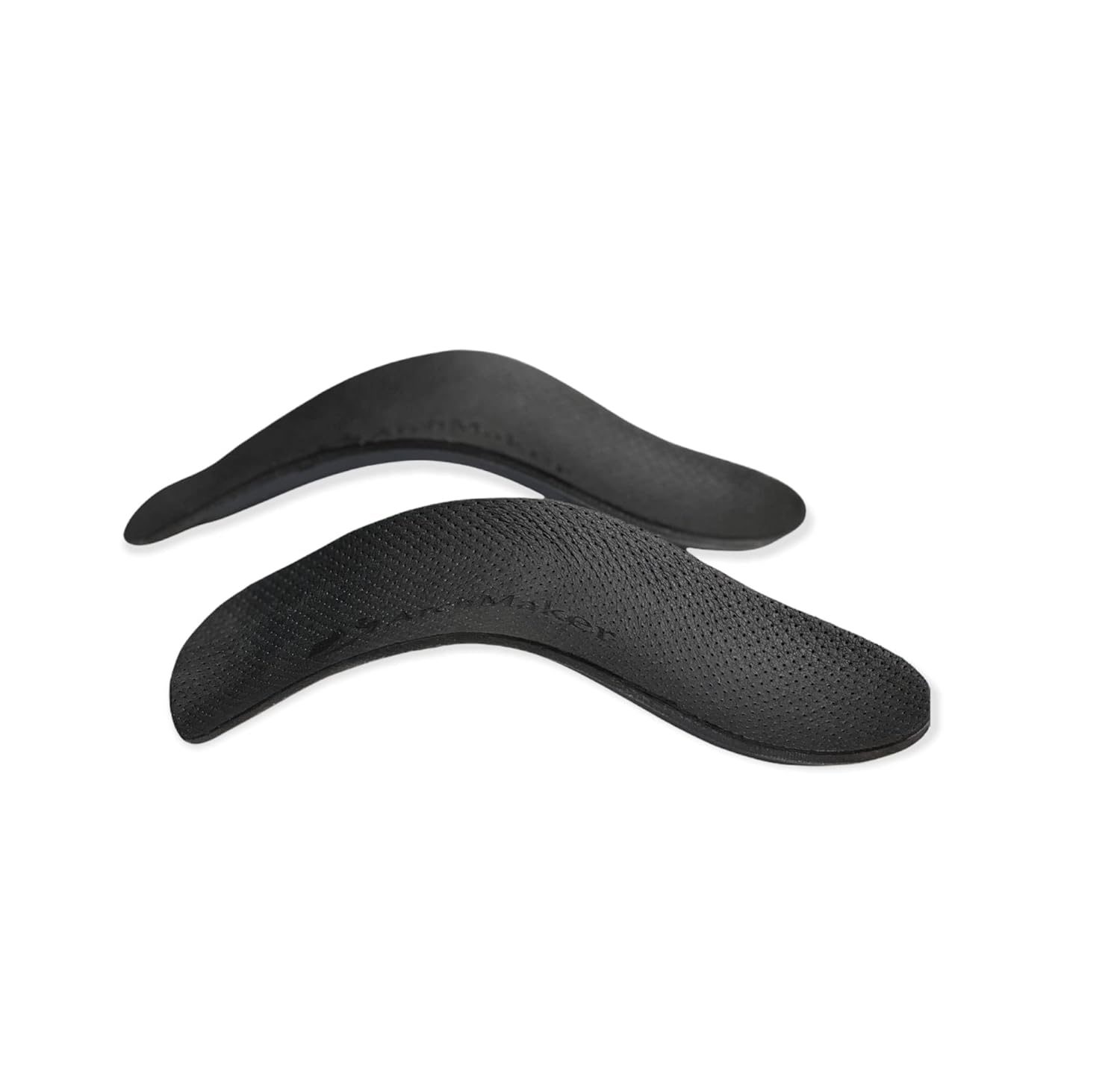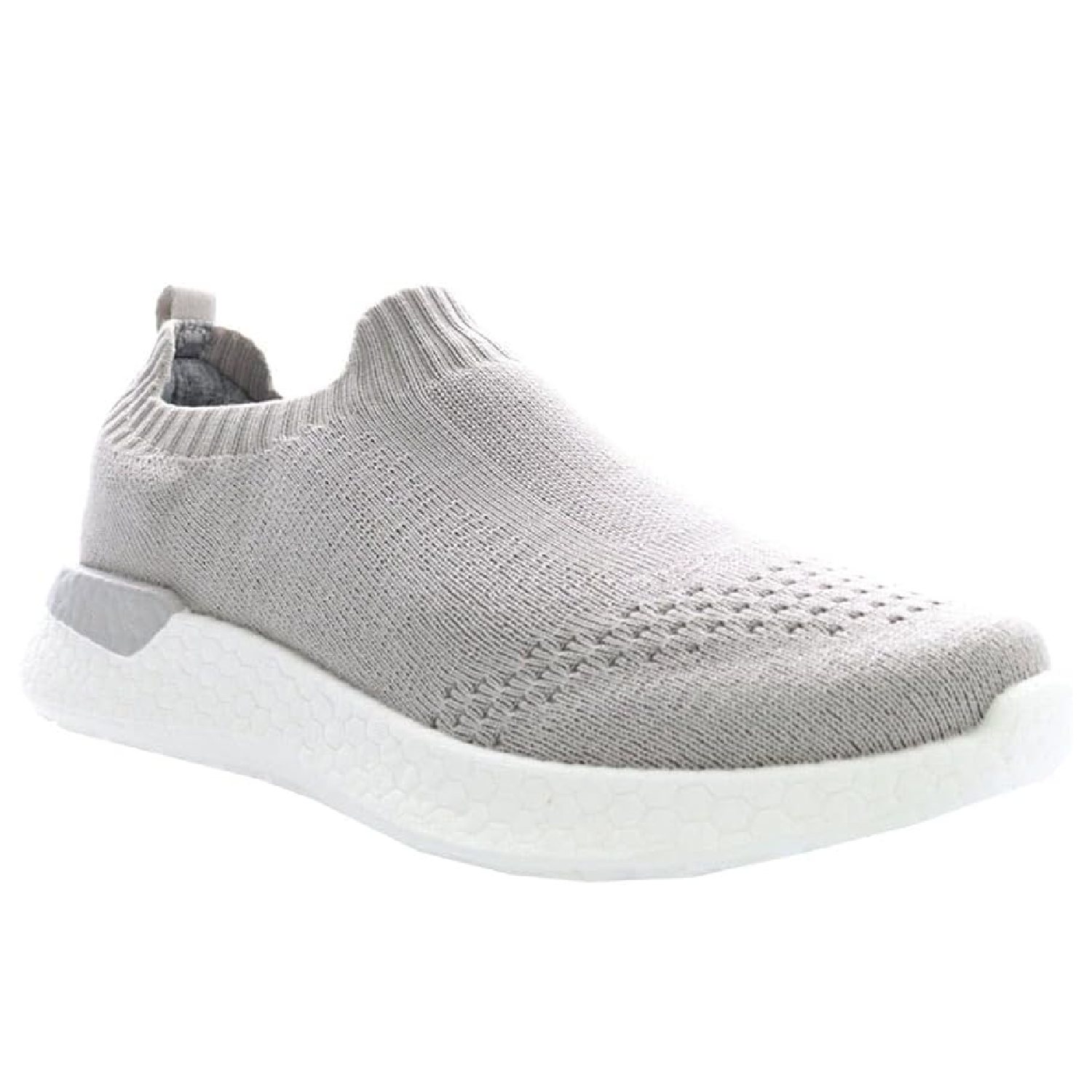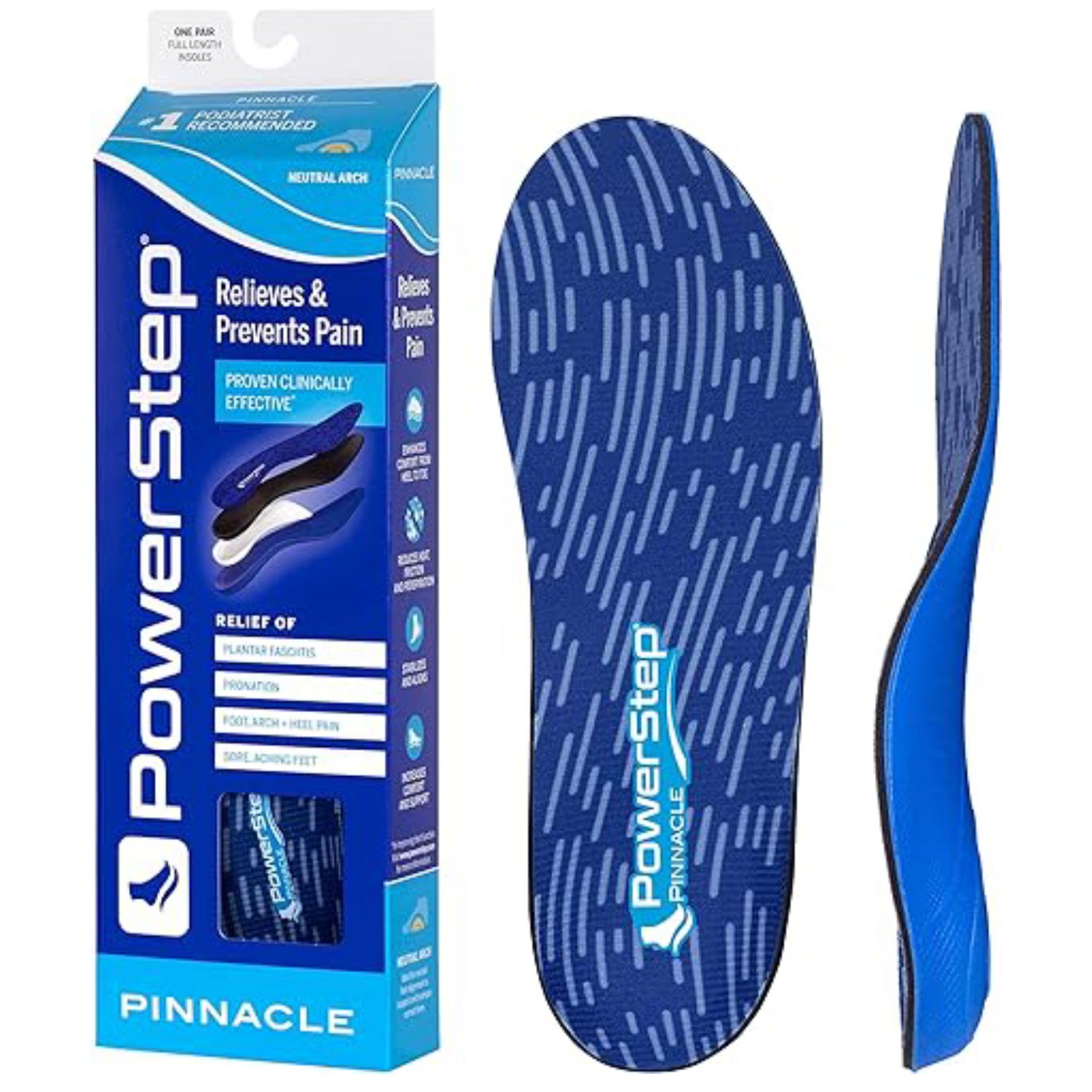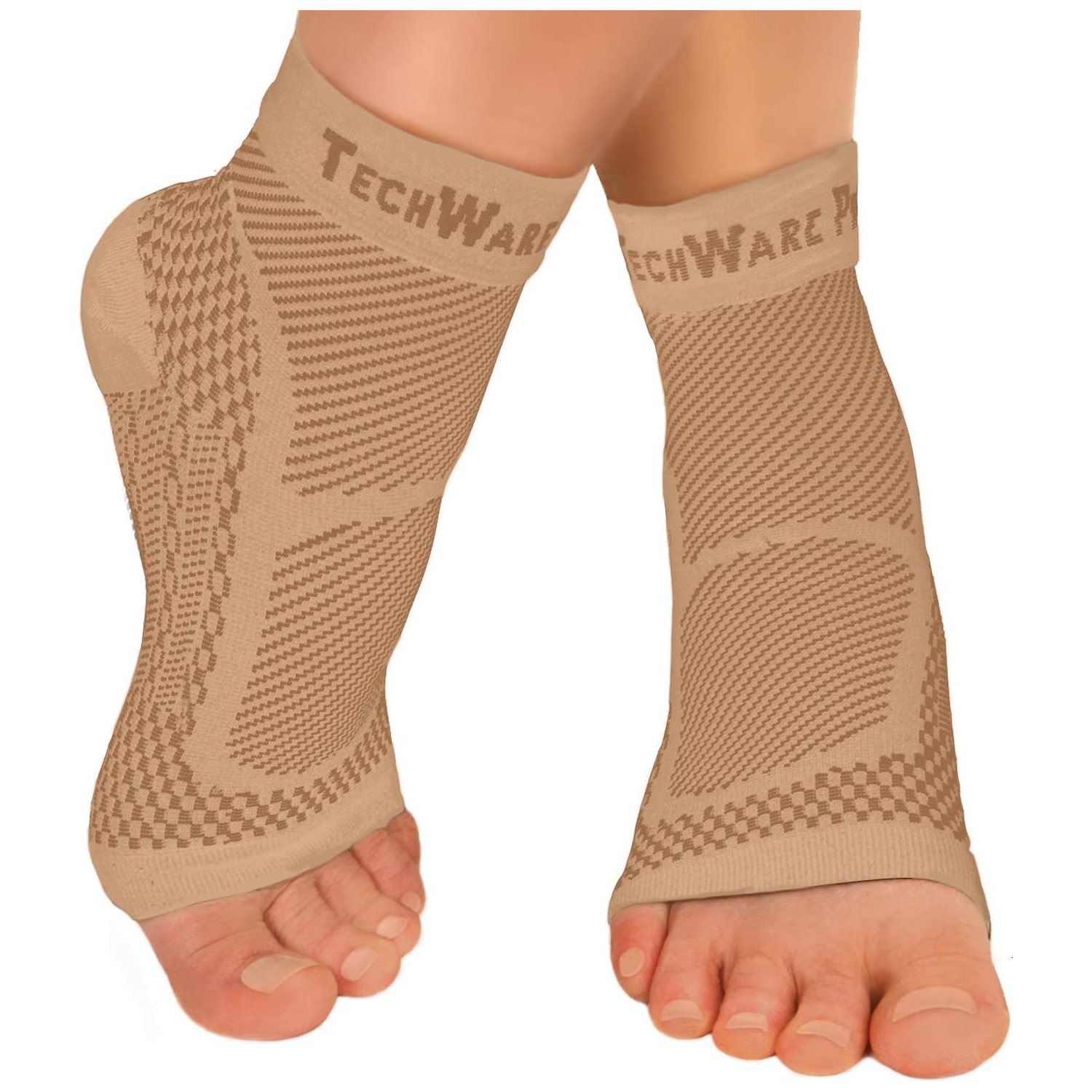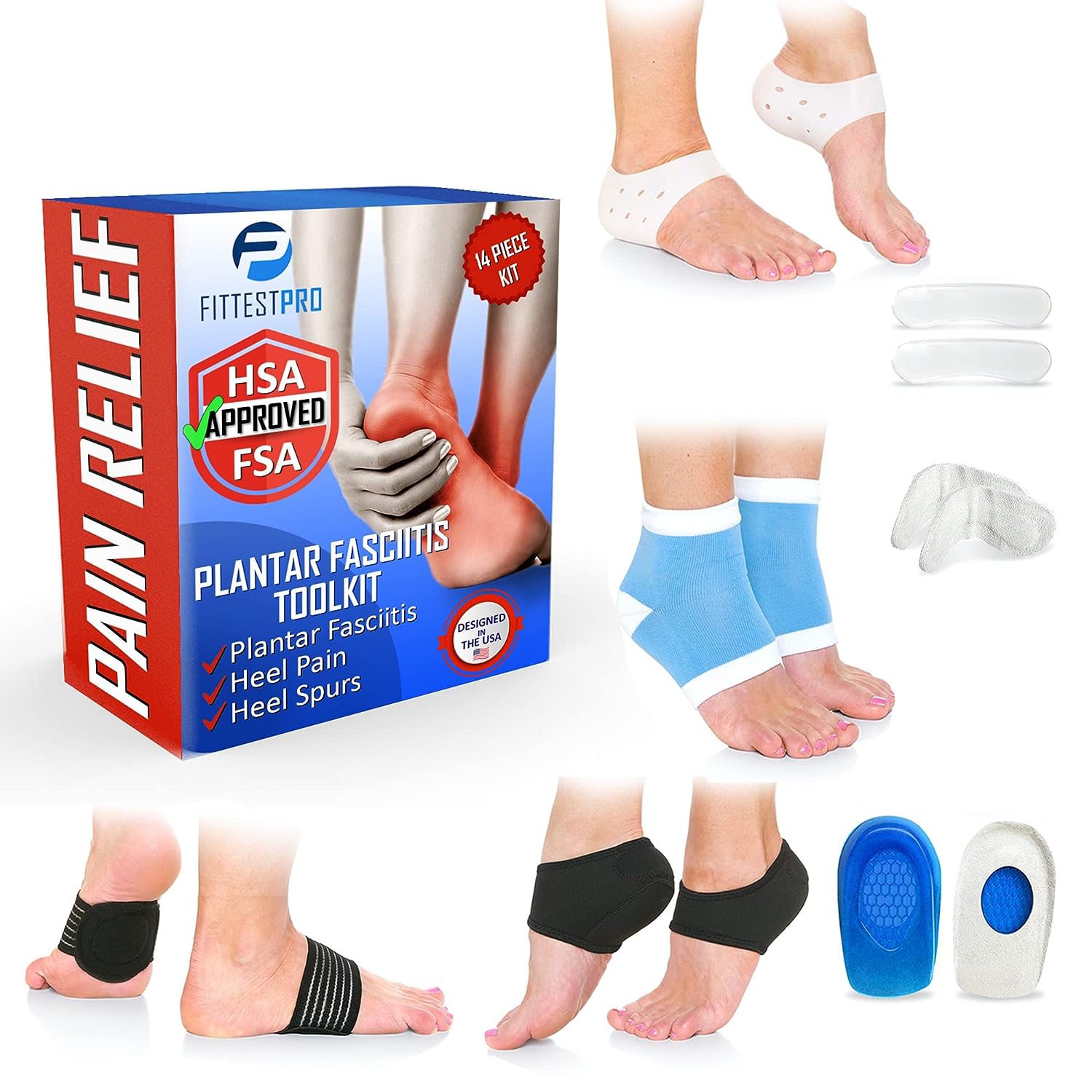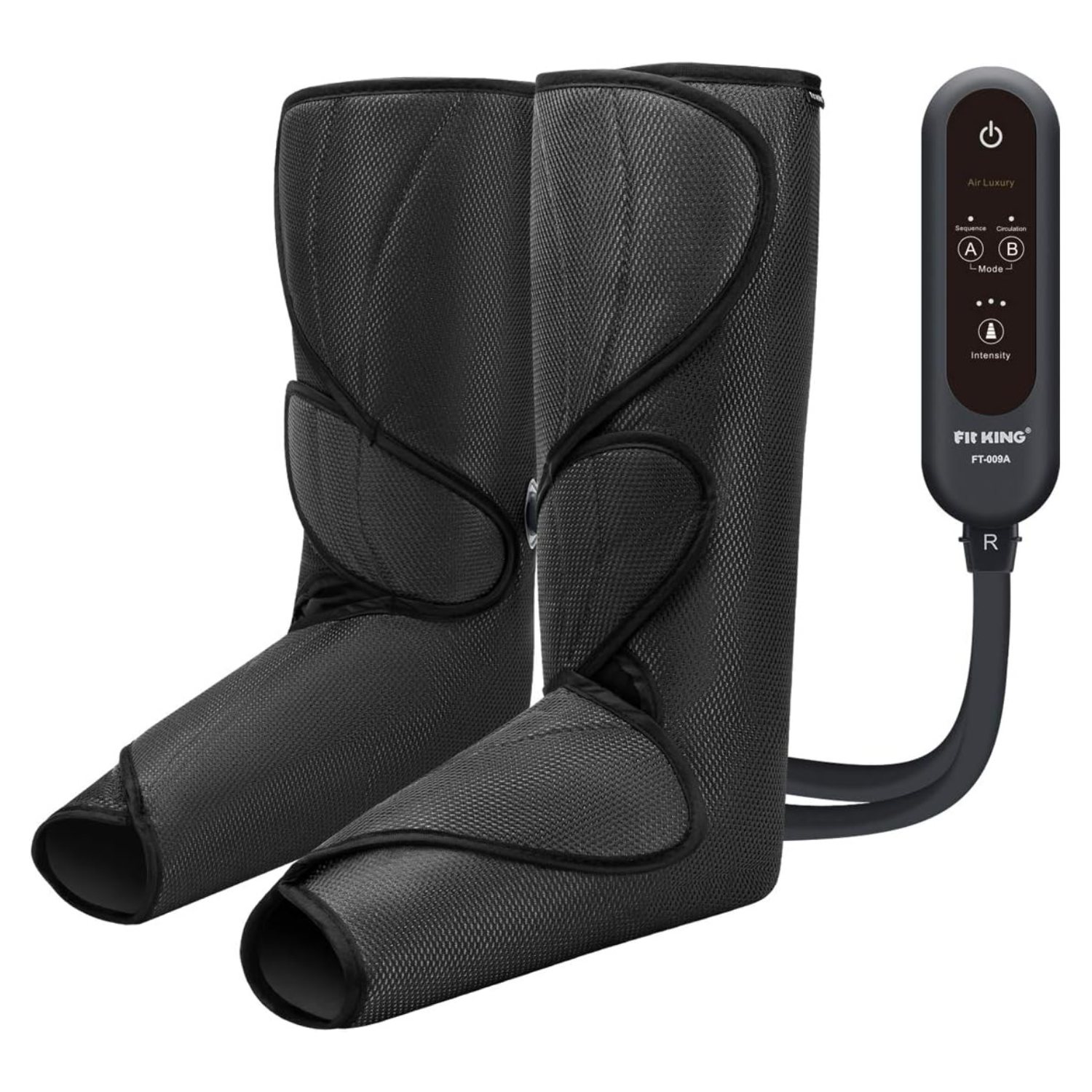When it comes to managing pain from conditions like plantar fasciitis and achilles tendonitis, understanding the differences between active vs passive stretching is essential. Both techniques play a critical role in recovery and prevention, yet they serve different purposes that can significantly affect your overall healing process.
The Importance of Stretching Techniques
Active stretching involves intentionally contracting and lengthening your muscles. This method typically requires you to perform quick stretches, holding each for about 10 seconds. For example, when you actively stretch your foot, you engage the muscle belly, promoting blood flow and flexibility. However, it’s crucial not to overstretch, as holding a stretch too long can produce tension that works against you.
On the other hand, passive stretching uses devices like Archmaker to support your foot in a specific position, allowing for a sustained stretch without additional effort. This technique is particularly beneficial for those suffering from plantar fasciitis or Achilles tendonitis, as it promotes healing by alleviating tension and inflammation. Passive stretching can be done for extended periods—up to four hours a day—allowing your muscles and tendons to adapt gradually.
Why You Need Both Techniques
So, why is it important to incorporate both active vs passive stretching into your routine? The answer lies in the balance they provide:
- Active Stretching: Best used before physical activity, this technique prepares your muscles for movement, enhancing performance and flexibility. It’s a proactive approach that helps prevent injuries and maintains muscle function.
- Passive Stretching: Ideal for recovery, this technique allows for deeper, longer stretches without the risk of strain. It helps maintain flexibility and range of motion while providing your body the chance to heal from previous activities.
Many individuals mistakenly believe that simply stretching their feet is sufficient for relief. However, without a comprehensive approach that includes both active and passive stretching, you may find that conditions like plantar fasciitis continue to recur.
Stretching Techniques for Pain Relief
To effectively manage pain and prevent recurring issues, it’s crucial to embrace both active and passive stretching techniques. By understanding their unique benefits, you can create a well-rounded stretching routine that supports your body’s healing process. Incorporating both methods not only aids in recovery but also empowers you to take control of your health.
If you’re looking to enhance your stretching routine or learn more about managing conditions like plantar fasciitis, consider tools that support passive stretching for optimal results.
By taking these steps, you can improve your flexibility, reduce pain, and enjoy a more active lifestyle. Remember, a balanced approach to stretching is key to your success.
